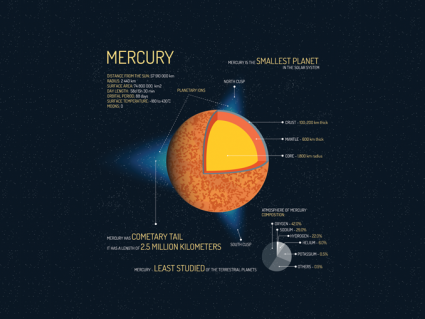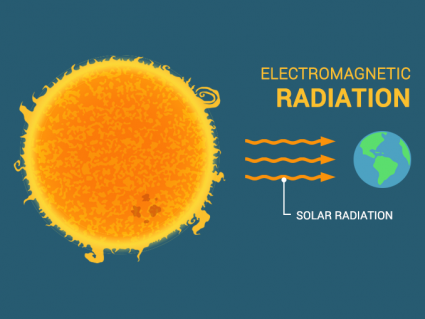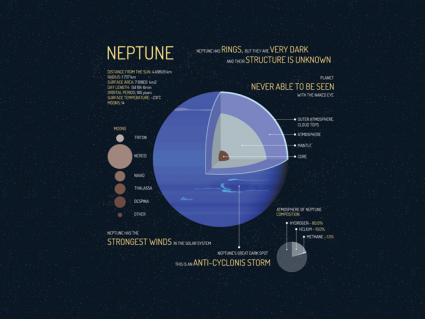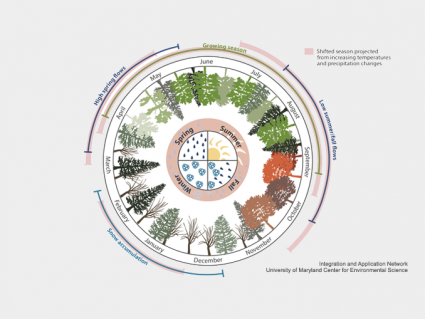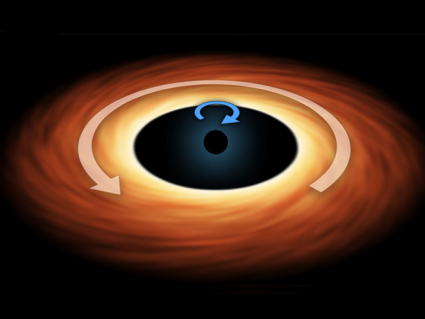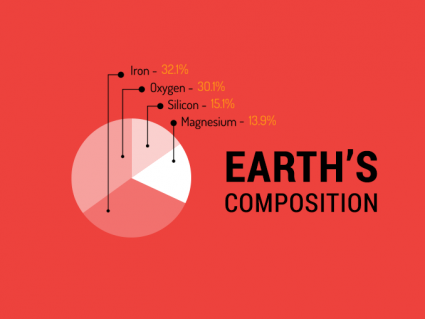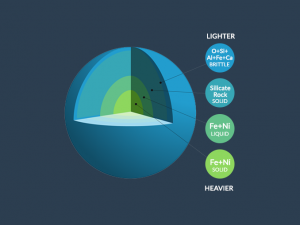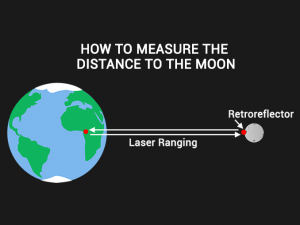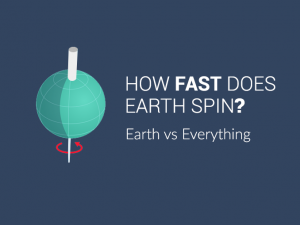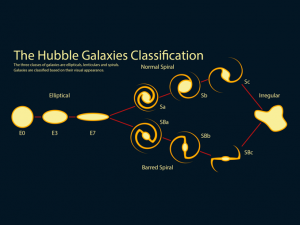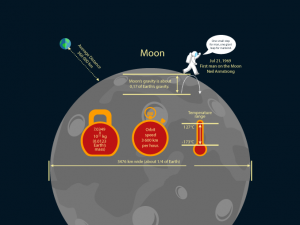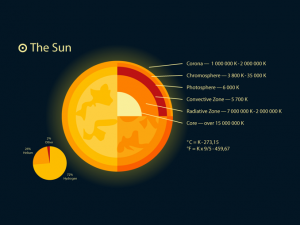Sun Fusion: How the Sun Heats Up Earth
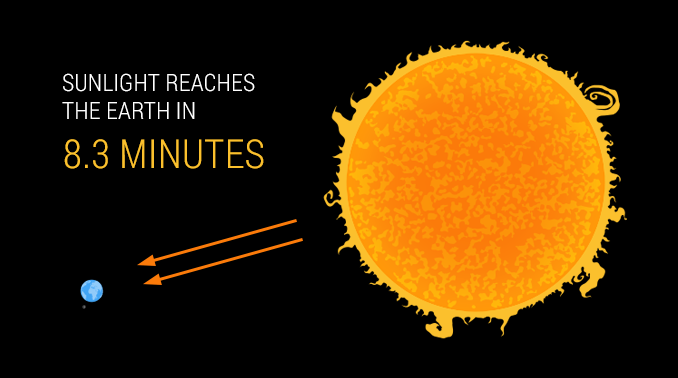
DEFINITION:
Sun fusion refers to the process of nuclear fusion happening in the core of the Sun, where hydrogen atoms fuse to form helium, releasing a huge amount of energy.
What is sun fusion?
It takes light 8 minutes and 20 seconds (1 astronomical unit) to reach us. Earth is the only planet known to harbor life because of the healthy portion of UV rays that heat it.
Fusion reactions power the sun. By fusing hydrogen with helium, the sun releases vast amounts of energy toward Earth.
Earth has had 2 major phases. It had a brief period of heating up from the heavy bombardment stage in the Hadean Eon. And everything since which cooled the Earth.
The early stage was fast and catastrophic with tons of impacts and tremendous heating. Next, Earth had a period of cooling down starting in the Archean Eon.
How do fusion reactions heat the Earth?
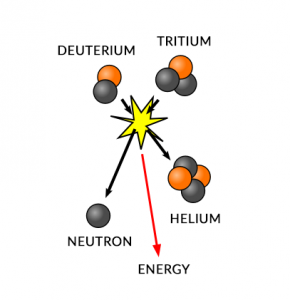
As described in the core accretion model, the sun is so massive that it gathers up 99.9% of gas and dust in the solar system. Solar wind swept in hydrogen and helium closer to the sun because these particles were smaller in size.
But the sun left just enough behind for gravity to build up other things. For example, heavier elements like iron and zinc coalesced to the core of Earth and terrestrial planets.
According to Einstein, you can’t lose mass. But you can convert mass to energy. Stars are a thermonuclear reaction where four hydrogen atoms are combined together into helium through heat.
So, what stars do during their lifecycle is just burn hydrogen into helium and release energy. Typically, main sequence stars like our sun go through this process for about 95% of their life.
How much solar radiation reaches Earth?
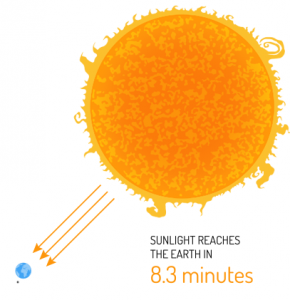
It takes light 1 astronomical unit to reach us. It’s because of this solar energy that Earth is the only planet known to harbor life. Planets that are in this “just right” distance are in the Goldilocks zone.
By providing a healthy portion of UV rays, plants use it for photosynthesis. Without sunlight, you cut plants off from the energy needed for photosynthesis.
The balance of Earth’s temperature relies on how much energy enters and leaves the planet’s system. When incoming energy from the sun is absorbed by the Earth system, Earth warms.
When the sun’s energy is reflected back into space, Earth avoids warming. So, when absorbed energy is released back into space, Earth cools.
If there is more air pollution in the atmosphere like CO2, these gases amplify the greenhouse effect which contributes to global warming and climate change.
Will the sun ever burn out?
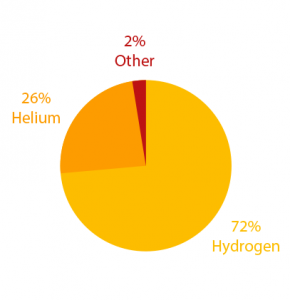
Just like any fire, eventually, it burns out. Similarly, stars all have lifetimes. Heavyweight stars have the most fuel. But burns it at the fastest rate.
The smallest stars live the longest at a minimum of 50 billion years. If you compare this to the universe, it’s only 13 billion years old. That means that the lifespan of a star is longer than the creation of our universe up to this point.
Our sun is 1 solar mass (SM) and is classified as lightweight. In the lightweight category, this means that it has a life expectancy of about 10 billion years.
Currently, we’re into 5 billion years for our sun. It’s at the middle age of its life and has about 4 billion more years. Unlike red supergiants, our sun won’t become a supernova and will collapse into a white dwarf.

